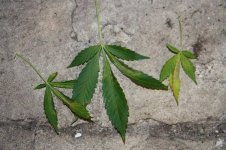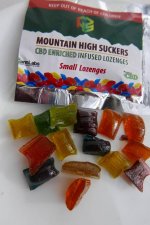danut
Member
I read a few months ago about research that found that humans and dogs experience the oxytocin release when dogs are being petted.
I recently saw someone comment on TV about men seek sex while women seek oxytocin. aka the "love and trust" hormone. Yes .. petting does produce a release of it.
Thinking back over the last four years, I guess I had something of an unfair advantage in a lot of situations. "Here, smell this!"
The reason I did this is that I'd noticed that Crohns patients sometimes responded to just the smell.
It produces a relaxation, when applied topically. I always called it the "full body sigh." I considered it a mild effect.
When combined with cannabis, it seems to produce some dramatic effects.
I don't know if they will allow me to start a thread here about it or not. But I gotta stop robbing this one.





